Community-led conservation projects have emerged as a powerful tool in the fight against environmental degradation and the loss of biodiversity. These projects harness the power of civil society, recognizing that local communities play a vital role in the stewardship of their natural resources. By empowering communities to take ownership and responsibility for their environments, these projects not only protect wildlife and ecosystems but also foster social and economic development.
One of the key benefits of community-led conservation projects is their ability to tap into the local knowledge and expertise of community members. Traditional ecological knowledge, passed down through generations, often holds valuable insights into the intricate relationships between species and ecosystems. By engaging with local communities, conservation organizations gain access to this wealth of knowledge, which can inform and strengthen their efforts.
Furthermore, community-led conservation projects promote an inclusive and participatory approach to environmental management. They recognize that the protection of natural resources is not just the responsibility of a few individuals or organizations but should involve all stakeholders. By involving local communities in decision-making processes, these projects ensure that conservation efforts are aligned with the needs and aspirations of the people who rely on these resources for their livelihoods.
In addition to environmental benefits, community-led conservation projects often have positive social and economic impacts. By providing communities with the means to protect their natural resources, these projects create opportunities for sustainable livelihoods. For example, ecotourism initiatives can generate income for local communities while promoting the preservation of biodiversity. This economic empowerment not only improves the well-being of community members but also creates a sense of ownership and pride in their natural heritage.
Overall, community-led conservation projects have the potential to transform the way we approach environmental conservation. By harnessing the power of civil society and engaging with local communities, these projects generate greater support and commitment to the protection of our planet’s precious natural resources. Through collaboration and empowerment, we can create a more sustainable future for both people and nature.
Community-Led Conservation Projects:
Community-led conservation projects play a crucial role in the preservation and protection of natural resources and biodiversity. These projects empower local communities to participate actively in the management and conservation of their natural environment. By harnessing the power of civil society, these initiatives adopt a bottom-up approach, ensuring that local knowledge, traditions, and priorities are taken into account.
One of the key aspects of community-led conservation projects is the engagement and participation of local stakeholders. These projects involve community members in every stage, from the initial planning and decision-making processes to the implementation and monitoring of conservation actions. This approach fosters a sense of ownership and responsibility within the community, creating a long-term commitment to the protection of their ecosystem.
Community-led conservation projects often focus on promoting sustainable livelihoods that are compatible with conservation goals. By introducing alternative income-generating activities such as eco-tourism or sustainable agriculture, these projects provide communities with economic incentives to protect their natural resources. This strategy helps reduce dependency on environmentally damaging practices, contributing to the overall sustainability of the ecosystem.
In addition to economic benefits, community-led conservation projects also foster social cohesion and cultural resilience. They empower local communities to preserve their traditional knowledge and practices, strengthening their cultural identity and heritage. These projects also promote social inclusion and gender equality by involving all community members, including women and marginalized groups, in decision-making processes and conservation activities.
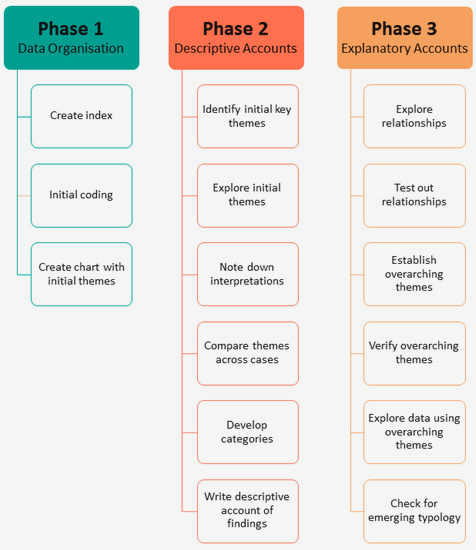
Overall, community-led conservation projects offer a holistic and inclusive approach to environmental protection. By recognizing the importance of local communities as stewards of their natural resources, these initiatives ensure the long-term sustainability of ecosystems while promoting social and economic development at the grassroots level.
Harnessing the Power of Civil Society
Civil society plays a crucial role in the success of community-led conservation projects. Harnessing the power of civil society allows for a bottom-up approach, where local communities are actively involved in decision-making processes, implementation, and monitoring of conservation efforts. This approach ensures that the needs and knowledge of local communities are taken into account, resulting in more effective and sustainable conservation outcomes.
One way civil society can be harnessed is through the establishment of community-based organizations (CBOs). These organizations are made up of individuals from the local community who are passionate about conservation and have a deep understanding of the local ecosystems. CBOs can act as a bridge between the community and external actors, such as government agencies, NGOs, and research institutions, facilitating collaboration and knowledge exchange.
In addition to CBOs, civil society can also be mobilized through awareness and education campaigns. By raising awareness about the importance of conservation and environmental sustainability, communities can be empowered to take action and become stewards of their natural resources. Education initiatives can provide communities with the knowledge and skills needed to implement sustainable practices, such as sustainable agriculture, responsible tourism, and wildlife conservation.
Furthermore, civil society can contribute to the financial sustainability of conservation projects. By engaging with the private sector, philanthropic organizations, and international donors, community-led conservation projects can secure funding and resources to support their initiatives. This financial support can help communities invest in sustainable livelihood alternatives, establish protected areas, conduct research and monitoring, and develop ecotourism initiatives.
In conclusion, civil society plays a fundamental role in community-led conservation projects. By harnessing the power of civil society through the establishment of community-based organizations, awareness and education campaigns, and financial partnerships, we can create a collaborative and inclusive approach to conservation that empowers local communities and ensures the long-term protection of our natural resources.
The Importance of Community Involvement
Community involvement plays a crucial role in conservation projects, as it empowers local communities to take ownership of their natural resources and work together towards preserving them. When communities are actively involved in conservation efforts, they develop a sense of responsibility and pride in their environment, which motivates them to actively participate in conservation activities.
By involving the community in decision-making processes, stakeholders can ensure that conservation efforts align with the needs and priorities of the local population. This is important because communities have unique knowledge and insights about their environment, which can significantly contribute to the success of conservation initiatives. Through community involvement, a more holistic and sustainable approach to conservation can be achieved.
Community involvement also fosters capacity-building and skill development within the local population. By providing training and educational opportunities, community members can acquire the necessary skills and knowledge to actively participate in conservation activities. This not only enhances the effectiveness of conservation projects but also creates new avenues for employment and income generation within the community.
Furthermore, community involvement fosters social cohesion and empowerment, as it brings people together and encourages collaboration. When community members work towards a common goal, they develop stronger bonds and a sense of unity, which can have positive ripple effects in other aspects of community development. Additionally, involving communities in conservation projects gives them a platform to voice their concerns and contribute to decision-making processes, increasing their sense of ownership and agency over their natural resources.
In conclusion, community involvement is essential for the success of conservation projects. It not only ensures that conservation efforts are aligned with local needs and priorities but also promotes capacity-building, social cohesion, and empowerment within the community. By harnessing the power of civil society, communities can play an active role in preserving their natural resources for future generations.
Empowering Local Communities to Protect the Environment
Local communities play a crucial role in protecting the environment. By actively involving local residents in conservation efforts, we can tap into their knowledge and harness their passion for the environment. Empowering local communities to protect the environment not only fosters a sense of ownership and responsibility, but also ensures the sustainability of conservation projects.
Knowledge Sharing and Capacity Building
Empowering local communities starts with knowledge sharing and capacity building. Providing training and workshops on environmental conservation and sustainable practices equips community members with the tools and skills necessary to protect the environment effectively. This includes educating them on topics such as waste management, renewable energy, and biodiversity conservation.
In addition, creating platforms for community members to share their traditional knowledge and practices can be invaluable in developing innovative and localized solutions to environmental challenges.
Participatory Decision-Making and Collaboration
Empowerment also means involving local communities in decision-making processes. By giving community members a voice and space to contribute their ideas, they can actively participate in shaping conservation projects. Collaboration between community members, NGOs, and government agencies is essential for ensuring that conservation efforts incorporate local perspectives and priorities.
Collaborative approaches can result in more effective and sustainable conservation initiatives that consider the social, economic, and cultural context of the community.
Economic Incentives and Alternative Livelihoods
To empower local communities, it is important to recognize the link between environmental conservation and sustainable livelihoods. Providing economic incentives and promoting alternative livelihood options can motivate community members to actively protect their natural resources. This can include supporting community-based eco-tourism initiatives, promoting sustainable agriculture practices, or facilitating access to markets for local eco-friendly products.
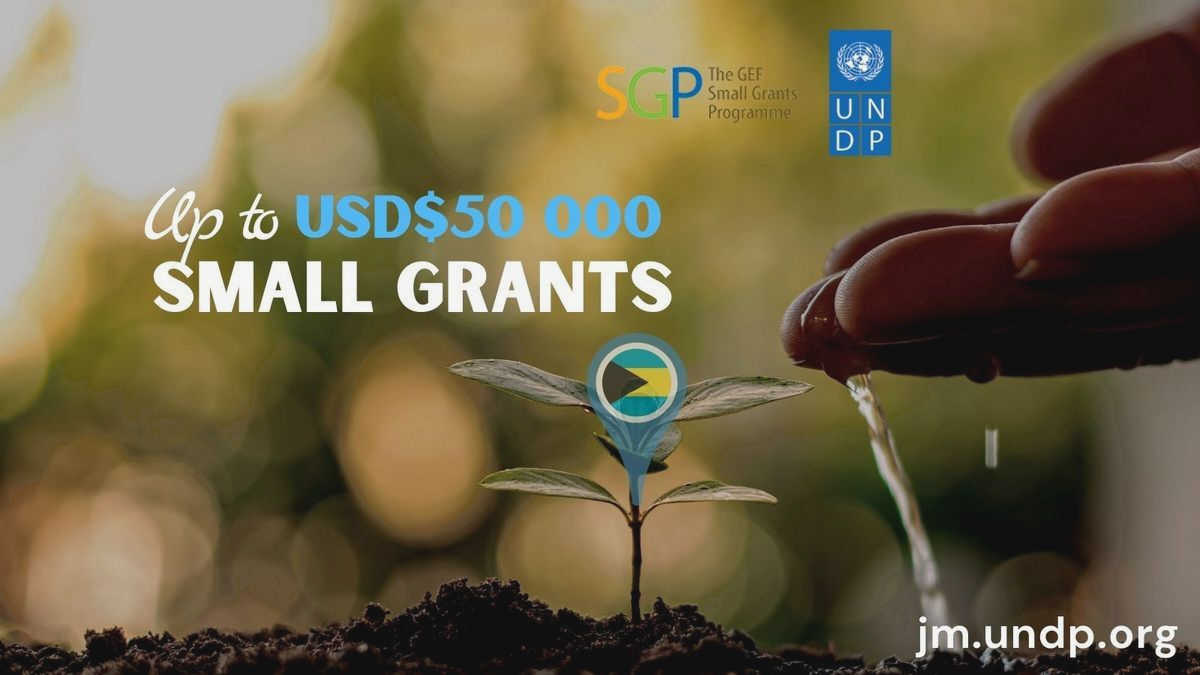
By empowering local communities to protect the environment, we can create a sustainable future where the conservation of natural resources becomes a collective effort ingrained in the fabric of society.
Creating Sustainable Solutions
Community-led conservation projects are not only aimed at addressing immediate environmental challenges but also aim to create long-term, sustainable solutions. By involving local communities in the decision-making process and empowering them to take ownership of conservation efforts, these projects promote a sense of responsibility and stewardship towards the environment.
1. Empowering local communities: One of the key aspects of community-led conservation projects is empowering local communities. This can be done through capacity building, providing them with the necessary knowledge and skills to proactively address environmental issues. By involving local people in the decision-making process, their voices are heard, and they become key stakeholders in conservation efforts.
2. Promoting sustainable livelihoods: Community-led conservation projects recognize the interdependence between communities and their natural environment. These projects aim to promote sustainable livelihoods that are in harmony with nature. By providing alternative income-generating activities, such as eco-tourism or sustainable agriculture practices, communities can reduce their reliance on environmentally harmful activities, such as logging or poaching.
3. Supporting education and awareness: Education and awareness play a crucial role in creating sustainable solutions. Community-led conservation projects often include educational programs that teach local communities about the importance of biodiversity, ecosystem services, and sustainable practices. By raising awareness and providing education, these projects contribute to changing attitudes and behaviors towards the environment.
4. Collaborating with stakeholders: Creating sustainable solutions requires collaboration between various stakeholders, including government agencies, non-profit organizations, and local communities. Community-led conservation projects promote partnerships and multi-stakeholder engagement, fostering a collective effort towards conservation. By working together, these stakeholders can leverage resources and expertise to create more impactful and sustainable solutions.
Overall, community-led conservation projects go beyond short-term fixes and aim to create lasting change. By empowering local communities, promoting sustainable livelihoods, supporting education and awareness, and fostering collaboration, these projects contribute to the long-term sustainability of both the environment and the communities that depend on it.
Addressing Environmental Challenges Through Community-led Initiatives
Community-led initiatives have increasingly become an important tool in addressing environmental challenges. By engaging local communities in the process of conservation, these initiatives have been able to address a wide range of environmental issues, from deforestation to water pollution. These projects empower communities to take ownership of their natural resources and develop sustainable solutions.
One of the key advantages of community-led initiatives is their ability to leverage local knowledge and expertise. Members of the community have a deep understanding of the ecological dynamics of their area and often possess traditional knowledge that can help in developing effective conservation strategies. By involving local communities in decision-making processes, these initiatives ensure that the solutions are tailored to the specific needs and realities of the area.
Another benefit of community-led initiatives is their capacity to mobilize resources and create networks of support. These projects often bring together a diverse range of stakeholders, including government agencies, non-profit organizations, and community members. By fostering collaboration and cooperation, they are able to secure funding, expertise, and other resources needed to implement conservation strategies. Additionally, these initiatives often rely on local volunteers, who contribute their time and skills to protect the environment.
Community-led initiatives also have a long-term impact on environmental conservation. By empowering local communities and providing them with the tools and knowledge to sustainably manage their natural resources, these initiatives ensure the long-term preservation of biodiversity and ecosystem services. Furthermore, these projects contribute to the social and economic development of the communities involved, as they create opportunities for sustainable livelihoods and enhance resilience to environmental challenges.
In conclusion, community-led initiatives play a crucial role in addressing environmental challenges. Through their inclusive and participatory approach, they foster a sense of ownership and responsibility among local communities, empowering them to take effective action. These initiatives harness the power of civil society to protect the environment and create a sustainable future.
Celebrating Success Stories
Community-led conservation projects have paved the way for numerous success stories that highlight the power of civil society in protecting and preserving our planet’s biodiversity. These projects have shown that when local communities are empowered and engaged in conservation efforts, they can achieve remarkable results.
One of the success stories is the restoration of a degraded forest ecosystem led by a community in a rural village. Through their collective efforts, the community successfully implemented reforestation initiatives, including planting native tree species and implementing sustainable land management practices. The results were astounding, with the ecosystem thriving once again and biodiversity rebounding.
Another inspiring success story is the conservation of a critically endangered species of sea turtle. By working closely with local fishing communities, conservation organizations were able to raise awareness about the importance of protecting nesting grounds and implementing sustainable fishing practices. As a result, the population of sea turtles has seen a significant increase, and their nesting grounds are now better protected against threats.
In addition, community-led conservation projects have also played a crucial role in restoring degraded coral reefs. Through education and training programs, local communities have been empowered to actively participate in reef restoration efforts. By utilizing techniques such as coral transplantation and implementing better fishing practices, these communities have successfully rejuvenated coral reefs, creating vibrant habitats for marine life.
These success stories serve as a testament to the power of community-led conservation projects and the importance of active involvement of civil society in environmental protection. They highlight the positive impact that can be achieved when communities are engaged in decision-making and take ownership of their natural resources. By celebrating these success stories, we can inspire others to embrace community-led approaches to conservation and work together towards a more sustainable future.
Highlighting the Achievements of Community-led Conservation Projects
1. Increased Biodiversity
Community-led conservation projects have made significant contributions to the preservation and restoration of biodiversity. By involving local communities in the decision-making processes and empowering them to take ownership of conservation efforts, these initiatives have helped to protect endangered species, restore habitats, and promote sustainable practices. The active involvement of community members, who have a deep knowledge and understanding of their local ecosystems, has led to more effective and holistic conservation strategies.
2. Sustainable Resource Management
Another achievement of community-led conservation projects is the promotion of sustainable resource management. These initiatives have encouraged local communities to adopt sustainable practices that support their livelihoods while preserving natural resources. By providing training and resources, community-led conservation projects have helped communities develop sustainable farming techniques, implement fishing regulations, and manage water resources effectively. This has not only improved the long-term viability of these resources but has also provided economic opportunities for community members.
3. Enhanced Climate Resilience
Community-led conservation projects have also contributed to enhancing climate resilience at the local level. Through the implementation of measures such as reforestation, watershed protection, and sustainable agriculture, these initiatives have helped communities adapt to climate change impacts and mitigate their carbon footprint. Additionally, community-led conservation projects have raised awareness about the importance of climate change and mobilized communities to take action, leading to the adoption of climate-friendly practices in their daily lives.
4. Strengthened Community Empowerment
One of the most significant achievements of community-led conservation projects is the strengthened empowerment of local communities. By involving them in decision-making processes, providing capacity-building opportunities, and fostering collaboration between stakeholders, these initiatives have empowered communities to take an active role in the conservation of their natural resources. This increased sense of ownership and responsibility has not only resulted in improved conservation outcomes but has also enhanced community cohesion and resilience.
5. Economic Benefits
Lastly, community-led conservation projects have generated significant economic benefits for local communities. By promoting sustainable tourism, supporting local enterprises, and ensuring fair trade practices, these projects have created economic opportunities that are directly linked to the conservation of biodiversity and natural resources. This economic incentive has reinforced the commitment of local communities to engage in conservation efforts, ensuring their long-term sustainability.
Engaging the Next Generation
Engaging the next generation is vital for the success of community-led conservation projects. Young people are the future stewards of the planet and involving them in conservation efforts can help create a sense of ownership and responsibility towards the environment.
Education and Awareness: One way to engage the next generation is through education and raising awareness about conservation issues. This can be done through school programs, workshops, and outreach activities. By providing young people with knowledge about the importance of biodiversity, the threats it faces, and the actions they can take to protect it, we can empower them to become active participants in conservation projects.
Hands-on Experience: Another effective way to engage young people in community-led conservation projects is by providing them with hands-on experience. This can be done through volunteer programs or internships, where young people can work alongside conservationists and local communities. By actively participating in fieldwork and conservation activities, young people can learn valuable skills and gain a deeper understanding of the challenges and rewards of conservation work.
Empowering Youth Leadership: Engaging the next generation also means empowering youth leadership. It is important to provide young people with opportunities to take on leadership roles within conservation projects. This can be done by involving them in decision-making processes, encouraging them to spearhead initiatives, and providing mentorship and support. By giving young people a voice and a platform to contribute, we can inspire them to become lifelong advocates for conservation.
Cultivating a Love for Nature: Lastly, engaging the next generation requires cultivating a love and appreciation for nature. This can be done through activities that connect young people to the natural world, such as outdoor excursions, wildlife spotting, and nature-themed events. By fostering a sense of wonder and awe for the beauty and diversity of the planet, we can inspire young people to become passionate about conservation and motivated to take action.
In conclusion, engaging the next generation is crucial for the success and sustainability of community-led conservation projects. By providing education, hands-on experience, youth leadership opportunities, and cultivating a love for nature, we can empower young people to become active participants in the conservation of our planet’s precious biodiversity.
Fostering Environmental Stewardship Among Youth through Community-led Programs
Introduction:
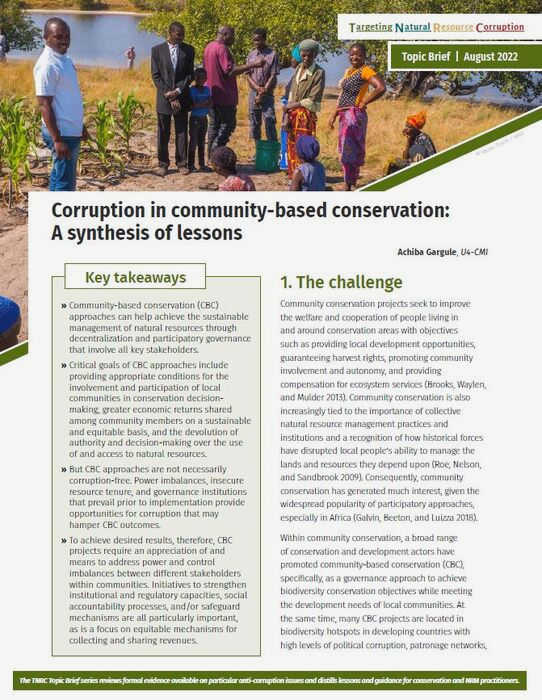
In today’s world, environmental stewardship is more important than ever. As climate change continues to pose significant threats to our planet, it is essential that we educate and empower the next generation to become responsible stewards of the environment. One effective way to achieve this is through community-led programs that engage and inspire young people to take action and make a positive impact. These programs provide a platform for youth to learn about environmental issues, develop sustainable practices, and participate in hands-on conservation projects.
Education and Awareness:
Community-led programs play a crucial role in fostering environmental stewardship among youth by providing them with the knowledge and awareness they need to understand the importance of protecting the environment. Through workshops, seminars, and educational campaigns, young people are exposed to various environmental topics, including climate change, biodiversity loss, and sustainable development. They learn about the interconnectedness of ecosystems and the impact of human activities on the natural world. By gaining this understanding, youth are motivated to take action and become advocates for positive change.
Hands-on Conservation Projects:
One of the most impactful aspects of community-led programs is their emphasis on hands-on conservation projects. These projects provide young people with the opportunity to actively contribute to environmental conservation efforts in their communities. Whether it’s planting trees, cleaning up beaches, or restoring wildlife habitats, these projects allow youth to see the direct impact of their actions and develop a sense of responsibility towards the environment. Furthermore, working alongside community members and experts in the field helps young people build connections and gain valuable skills that can be applied to future conservation initiatives.
Building Sustainable Practices:
Community-led programs also focus on building sustainable practices among youth, encouraging them to adopt environmentally friendly habits in their daily lives. Through workshops and practical sessions, young people learn about energy conservation, waste reduction, and the importance of sustainable consumption. They are taught to make conscious choices that reduce their ecological footprint and promote a greener lifestyle. By instilling these habits at a young age, community-led programs create a generation of environmentally responsible individuals who will continue to prioritize conservation throughout their lives.
Conclusion:
Community-led programs are a powerful tool for fostering environmental stewardship among youth. By providing them with education, hands-on experiences, and opportunities to build sustainable practices, these programs empower young people to become advocates for the environment and actively contribute to conservation efforts. Through their involvement in community-led programs, youth develop a deep appreciation for nature and a strong sense of responsibility towards protecting the planet for future generations.
Building Partnerships for Conservation
Conservation efforts are most effective when they involve collaboration and partnerships between various stakeholders. Building partnerships for conservation is essential to ensure the success of community-led conservation projects.
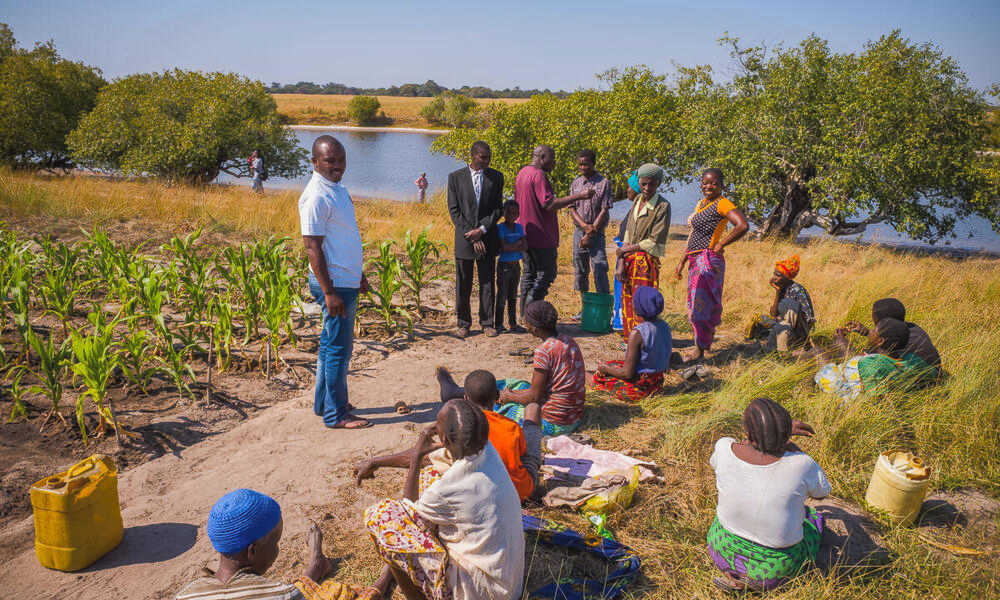
Engaging Local Communities
One of the key stakeholders in conservation projects is the local communities living in or around the protected areas. Engaging these communities in the decision-making process and involving them in the implementation of conservation initiatives can greatly enhance the effectiveness of the projects. By providing communities with the necessary resources, knowledge, and skills, they can become active participants in conservation efforts.
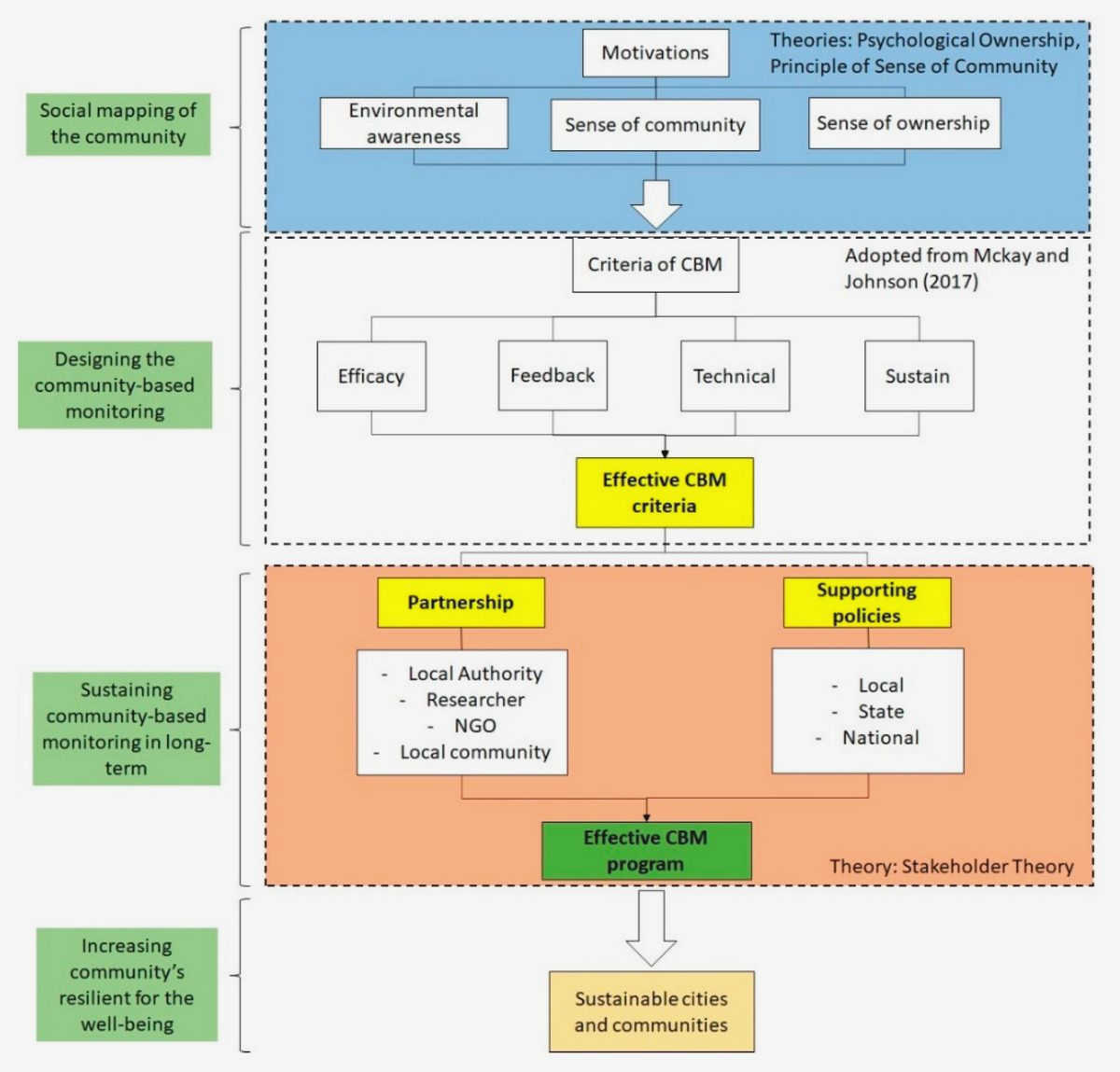
Collaborating with NGOs and Government Agencies
Non-governmental organizations (NGOs) and government agencies play a crucial role in supporting community-led conservation projects. Collaborating with these organizations can provide the necessary expertise, funding, and technical support to bolster conservation efforts. NGOs and government agencies can also assist in policy advocacy and help create a conducive environment for community-led initiatives to thrive.
Moreover, partnerships with NGOs and government agencies can help in capacity building and knowledge sharing. The expertise and experiences of these organizations can be invaluable in strengthening the skills and capabilities of local communities and project participants.
Partnerships with Academic Institutions
Academic institutions can also play a significant role in conservation projects. Collaborating with universities and research institutions can bring scientific rigor and innovation to community-led initiatives. Academic institutions can provide research support, conduct studies, and develop sustainable management practices based on scientific findings.
Additionally, partnerships with academic institutions can offer training opportunities and educational programs for local communities. This can help improve awareness and understanding of conservation issues, as well as foster a sense of ownership and responsibility among community members.
Creating Partnerships with Businesses
Engaging businesses in conservation efforts can bring in additional resources and support for community-led projects. Partnering with companies can provide funding, technology, and other resources that are essential for the success of conservation initiatives. Additionally, businesses can contribute by implementing sustainable practices in their operations and promoting responsible consumption.
Collaborations with businesses can also create economic opportunities for local communities. Through eco-tourism, sustainable agriculture, or the development of local products and handicrafts, communities can generate income while preserving their natural resources.
Building partnerships for conservation is a multi-dimensional approach that involves engaging local communities, collaborating with NGOs and government agencies, partnering with academic institutions, and creating alliances with businesses. By bringing together diverse stakeholders, community-led conservation projects can harness the collective power of civil society to protect and preserve our natural heritage.
Collaborating with NGOs, Governments, and Businesses in Community-led Conservation Efforts
1. Engaging NGOs
Collaborating with non-governmental organizations (NGOs) is crucial for community-led conservation efforts. NGOs often have expertise in environmental issues, advocacy skills, and access to funding and resources. They can provide technical support, training, and capacity building for local communities to effectively manage and protect their natural resources. NGO partnerships can also help raise awareness and mobilize public support for conservation initiatives.
2. Partnering with Governments
Government agencies play a crucial role in community-led conservation efforts. They have the authority to establish protected areas, enforce regulations, and allocate resources for conservation projects. Collaborating with governments can help communities gain legal recognition for their conservation initiatives and secure long-term funding and support. Governments can also provide technical expertise, facilitate coordination with other stakeholders, and help communities navigate legal and bureaucratic processes.
3. Involving Businesses
Engaging businesses in community-led conservation efforts can bring additional resources, expertise, and opportunities for sustainable livelihoods. Businesses can contribute financial support through corporate social responsibility initiatives or through partnerships that benefit both conservation and their business objectives. They can also provide technical expertise, market access, and training for communities to develop sustainable enterprises that are linked to conservation goals. Collaborating with businesses can create economic incentives for conservation, helping communities see the value in protecting their natural resources.
4. Building Partnerships
Successful community-led conservation efforts often involve partnerships between NGOs, governments, and businesses. These collaborations can harness the strengths and resources of each stakeholder, leading to more effective and sustainable conservation outcomes. Building partnerships requires open communication, shared goals, and a mutual understanding of the roles and responsibilities of each party. It also requires trust, transparency, and a commitment to community empowerment and participation. By working together, NGOs, governments, and businesses can support and amplify the efforts of local communities in conserving their natural heritage.





